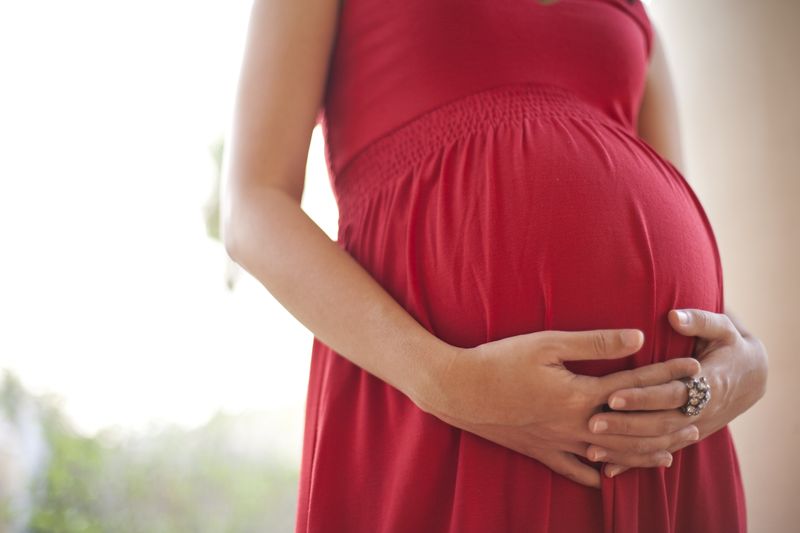Study: More women on dialysis who are pregnant are placed on HHD vs. PD
Key takeaways:
- Of the study cohort, 437 women on home dialysis had pregnancies.
- The unadjusted pregnancy rate was 8.6 per 1,000 person-years.
Home hemodialysis may be associated with a higher rate of pregnancy than peritoneal dialysis in women with kidney failure, according to recently published data.
Younger and Black women are liker to become pregnant among this population.

“Women with kidney failure have reduced fertility due to disruption of the hypothalamic gonadal axis, anovulation and hyperprolactinemia,” Silvi Shah, MD, MS, FASN, FACP, of the University of Cincinnati nephrology division, and peers wrote in the retrospective study. “Although several studies have reported pregnancy rates and outcomes in women undergoing in-center hemodialysis, there is little information on a global level about pregnancy and childbirth in women with kidney failure treated with home dialysis.”
Researchers analyzed 26,837 women, aged 15 to 49 years, with kidney failure receiving maintenance home dialysis from 2005 to 2018, using figures from the U.S. Renal Data System. The study identified factors such as pregnancy and home dialysis modality.
Of the study cohort, 437 women on home dialysis had pregnancies. The unadjusted pregnancy rate was 8.6 per 1,000 person-years, according to the results, which refers to the overall number of years people participate in a study. Women on home hemodialysis had an unadjusted pregnancy rate of 16 person-years vs. 7.5 for peritoneal.
Women on HHD also had a higher adjusted likelihood of pregnancy than those on PD. Younger age was tied to higher likelihood of pregnancy, investigators found. Compared with women aged 20 to 24 years, the likelihood of pregnancy was lower in those aged 30 to 34 years, 35 to 39 years, 40 to 44 years and 45 to 49 years. Black women had a higher likelihood of pregnancy vs. white women. There were no differences among Asian, Hispanic and Native American women vs. white women.
Shah and colleagues also noted that factors such as BMI, cause of kidney failure, socioeconomic status, rurality, pre-dialysis nephrology care and dialysis vintage were not significantly associated with pregnancy on home dialysis.
“Crafting successful solutions requires strategies to improve access to care for pregnant women on home dialysis, and physician and patient education about their practice patterns and possible biases,” they wrote. “This may further lead to policy changes and potentially deliver customized care based on the probability of pregnancy in home dialysis.”
